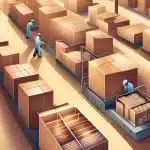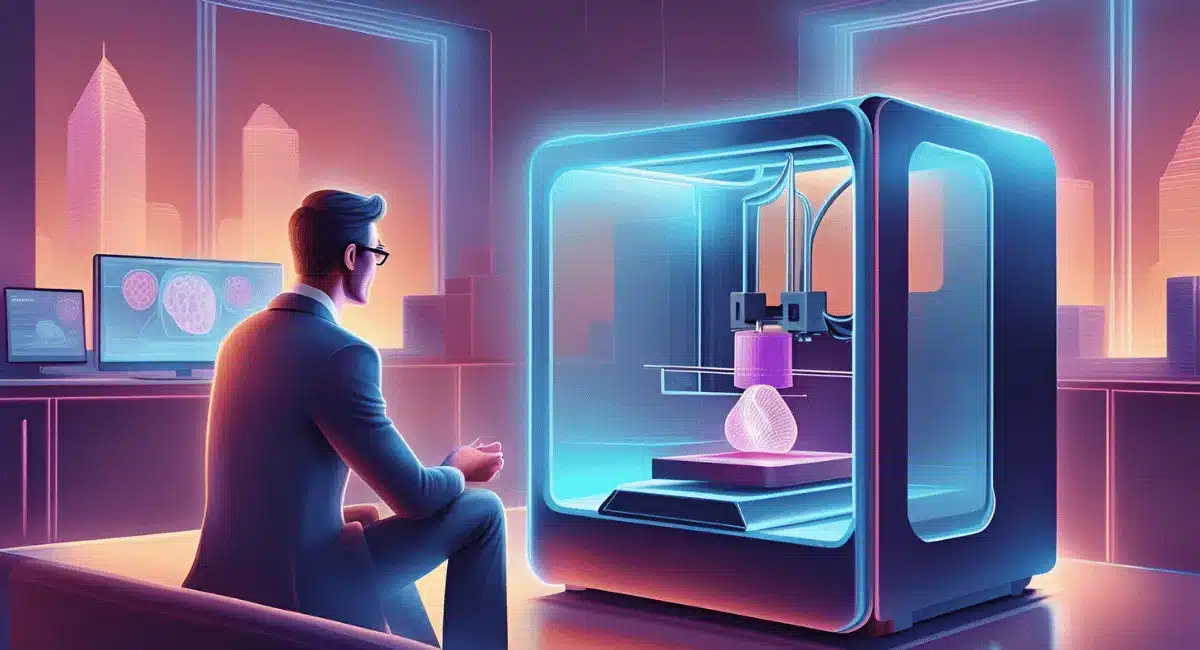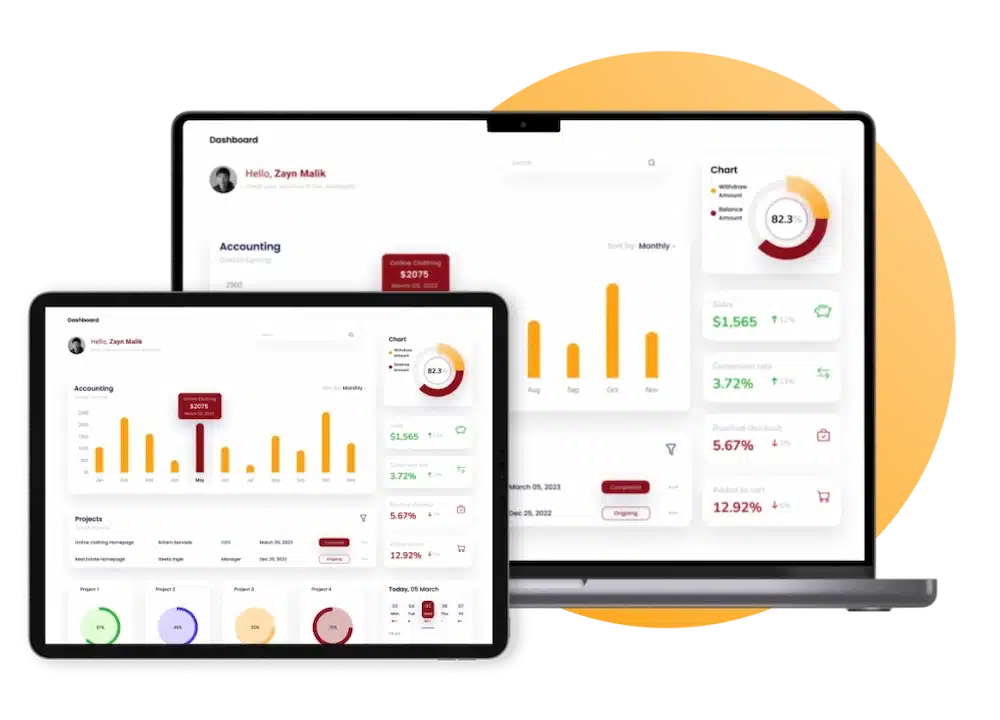Narinig mo na ba ang “additive manufacturing”? Known more widely as 3D printing, has been a game-changer for the manufacturing industry. Unlike traditional methods, this process allows industries like aerospace and healthcare to create intricate parts that were previously too costly or impossible to manufacture.
Combined with an ERP system, companies can streamline operations and ensure smooth production flow with a manufacturing ERP. Over the last 30 years, this technology has continuously evolved, expanding its possibilities.
Additive manufacturing not only speeds up production cycles but also optimizes resource usage, making it ideal for both prototyping and final product creation. In this article, we’ll explore why this combination is becoming indispensable for modern industries.
Key Takeaways
|
Table of Contents

What is Additive Manufacturing?
Additive manufacturing, commonly called 3D printing, builds objects layer by layer from materials, diverging from traditional methods that cut or shape larger pieces. It includes techniques like rapid prototyping and direct digital manufacturing (DDM).
A digital model guides the manufacturing process, allowing the creation of complex designs previously unachievable with conventional methods. As the technology advances, it promises to revolutionize the manufacturing sector by enhancing production efficiency, reducing material waste, and enabling highly customized designs.
This approach is already being adopted in industries like aerospace, healthcare, and automotive for both prototyping and full-scale production.
Why is It Called Additive Manufacturing?
The term “additive” is used because the process involves adding layers of material to create a final product. Traditional methods often require subtracting or cutting away material to achieve the desired shape. In contrast, additive manufacturing builds the object from the ground up, layer by layer, which allows for more intricate designs and less material waste.
Read More: Manufacturing Inventory Software
How Does Additive Manufacturing Work?
The process builds objects by layering materials based on a digital model. Using specialized software, a computer guides the printer to add layer after layer of material, which could range from plastic, metal, or even more advanced materials like ceramics. These layers are precisely fused, either by heat or chemical bonding, to form the finished product.
This method offers exceptional flexibility in design, allowing for the creation of complex geometries that would be difficult or impossible to achieve using traditional manufacturing techniques. Additionally, since material is added only where needed, there is significantly less waste compared to methods like machining.
Moreover, the digital nature of the process allows manufacturers to quickly modify designs or produce prototypes, making it easier to iterate on ideas without costly retooling. This agility, akin to process reengineering, is especially valuable for industries like aerospace and healthcare, where customization and precision are crucial.
Benefits of Additive Manufacturing
Additive manufacturing offers a wide range of advantages that are transforming the manufacturing industry. Below are some of the key benefits:
- Complex Design Capabilities: Unlike traditional methods, additive manufacturing allows the creation of intricate designs, including hollow structures and complex geometries. This eliminates the need for welding or assembly, resulting in stronger and more durable products.
- Faster Production: The process enables quicker production cycles by allowing companies to modify designs digitally. This accelerates prototyping and allows for rapid changes in response to customer demands.
- Cost Efficiency: With its flexibility in design and production, additive manufacturing reduces the need for expensive retooling and manual labor, helping companies lower costs and bring new products to market faster.
- Customization: Manufacturers can easily adapt designs for specific customer requirements, allowing for personalized or specialized products without additional costs.
- Reduced Material Waste: By adding only the material needed layer by layer, additive manufacturing significantly reduces waste compared to traditional subtractive methods.
Manufacturing ERP system is rapidly becoming a critical asset for industries looking to innovate and streamline their production processes.
Additive Manufacturing and Supply Chain
Additive manufacturing can simplify supply chains by allowing companies to produce parts on demand, reducing the need for large inventories. By integrating accounting for manufacturing with a supply chain management system, companies can track materials, and predict future demand. This technology can also reduce shipping times and costs, as parts can be manufactured closer to their end destination.
How Can ERP Help Additive Manufacturing?
Enterprise Resource Planning (ERP) systems play a critical role in managing the complexities of 3D printing. With an ERP system, companies can track materials, manage production schedules, and monitor the performance of 3D printers. These manufacturing software also help predict demands.
Additionally, using the best ERP systems can help track the serial numbers of 3D printers, ensuring proper maintenance and identifying any potential issues before they disrupt production. By connecting discrete and process manufacturing workflows, ERP systems ensure that additive manufacturing integrates seamlessly into existing operations.
By implementing another manufacturing software, companies can boost their manufacturing processes.
HashMicro’s ERP to Simplify Additive Manufacturing Process
To fully harness the benefits of this technology, companies require a robust system that manages everything from material inventory to production scheduling. This is where HashMicro’s system excels. It enables manufacturers to optimize their operations, reduce waste, and ensure the highest quality outputs.
Here are the key features:
- Manufacturing Production Scheduling: Automates planning by utilizing graphs to analyze and enhance decision-making based on demand history.
- Real-Time Stock Input and Output for Production: Monitors real-time stock movement, crucial for managing input materials and output products.
- Manufacturing Quality Control: Enforces strict quality standards, ensuring high-quality output.
- Customizable Workflow Automation: Tailors complex workflows for and facilitating smoother transitions between different production phases.
- Demand Forecasting: Employs advanced analytics to predict future demand based on historical data, minimizing material waste and enhancing preparation.
With these features, HashMicro’s ERP system streamlines the additive manufacturing process, making it easier for companies to manage complex production tasks with greater efficiency. By combining 3D printing with a manufacturing execution system like HashMicro’s, businesses can significantly enhance their operational agility and reduce costs.
Conclusion
Additive manufacturing is a revolutionary technology that enables more intricate product designs, faster production cycles, and reduced material waste. However, to fully realize its potential, integrating a robust ERP system is essential.
For Filipino manufacturers aiming to stay competitive in Industry 4.0, combining 3D printing with HashMicro’s ERP for manufacturing will not only improve supply chain efficiency but also optimize overall production operations.
Ready to take your manufacturing processes to the next level? Sign up for a free demo of HashMicro’s ERP today and discover how it can transform your business.
Frequently Asked Questions
-
What is meant by additive manufacturing?
This refers to the process of creating objects by layering materials, often guided by a digital model. It includes techniques like 3D printing and rapid prototyping.
-
What is an example of additive manufacturing?
An example of this is 3D printing a custom-designed medical implant, such as a prosthetic limb, by layering materials like plastic or metal.
-
What is the main objective of additive manufacturing?
The main objective of this is to create complex, customized products efficiently while reducing material waste and production time. It aims to enhance design flexibility and streamline manufacturing processes.










































